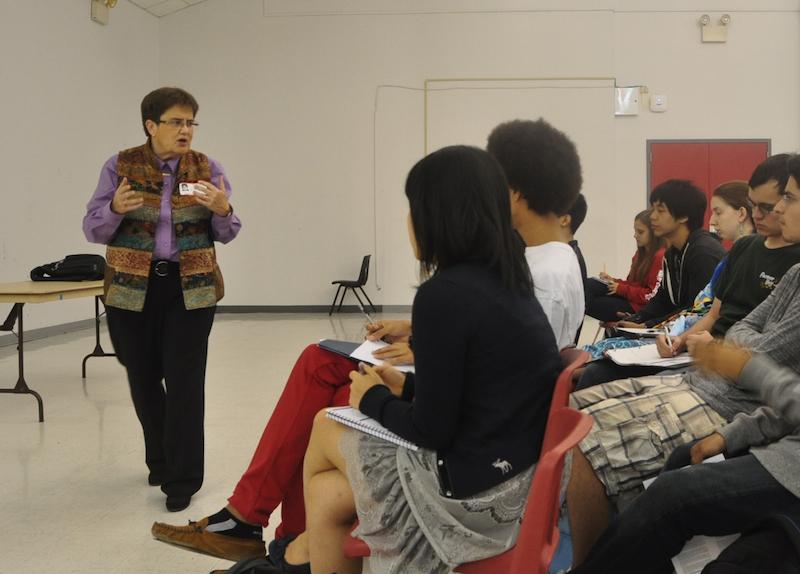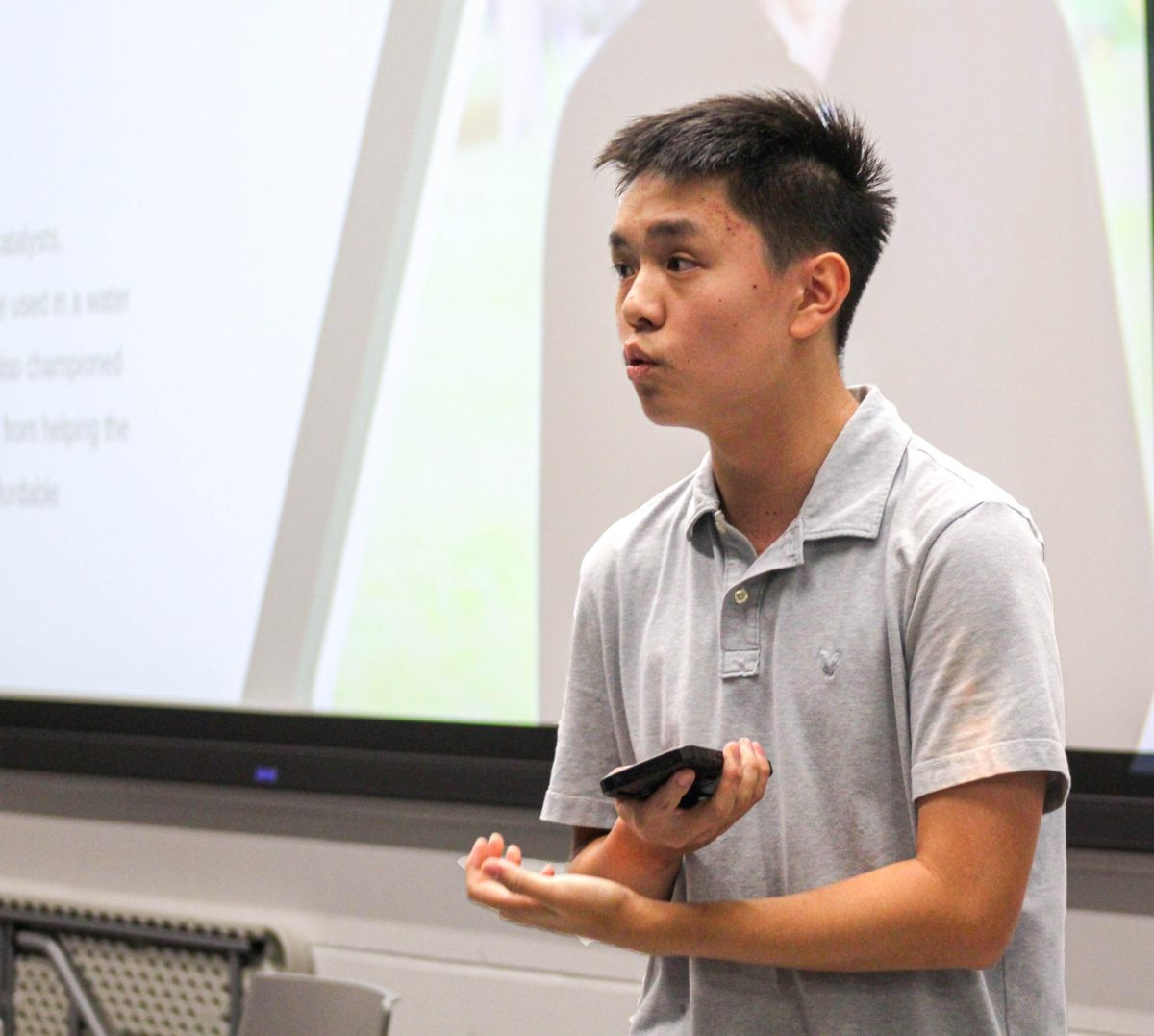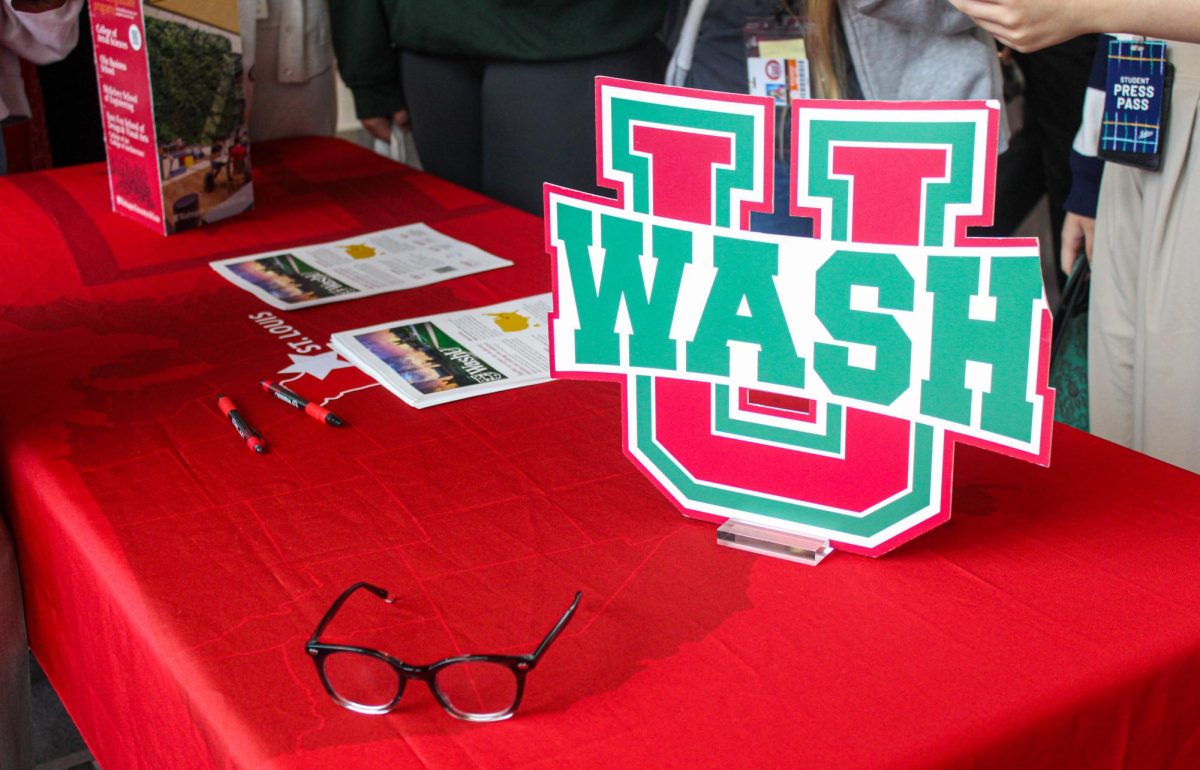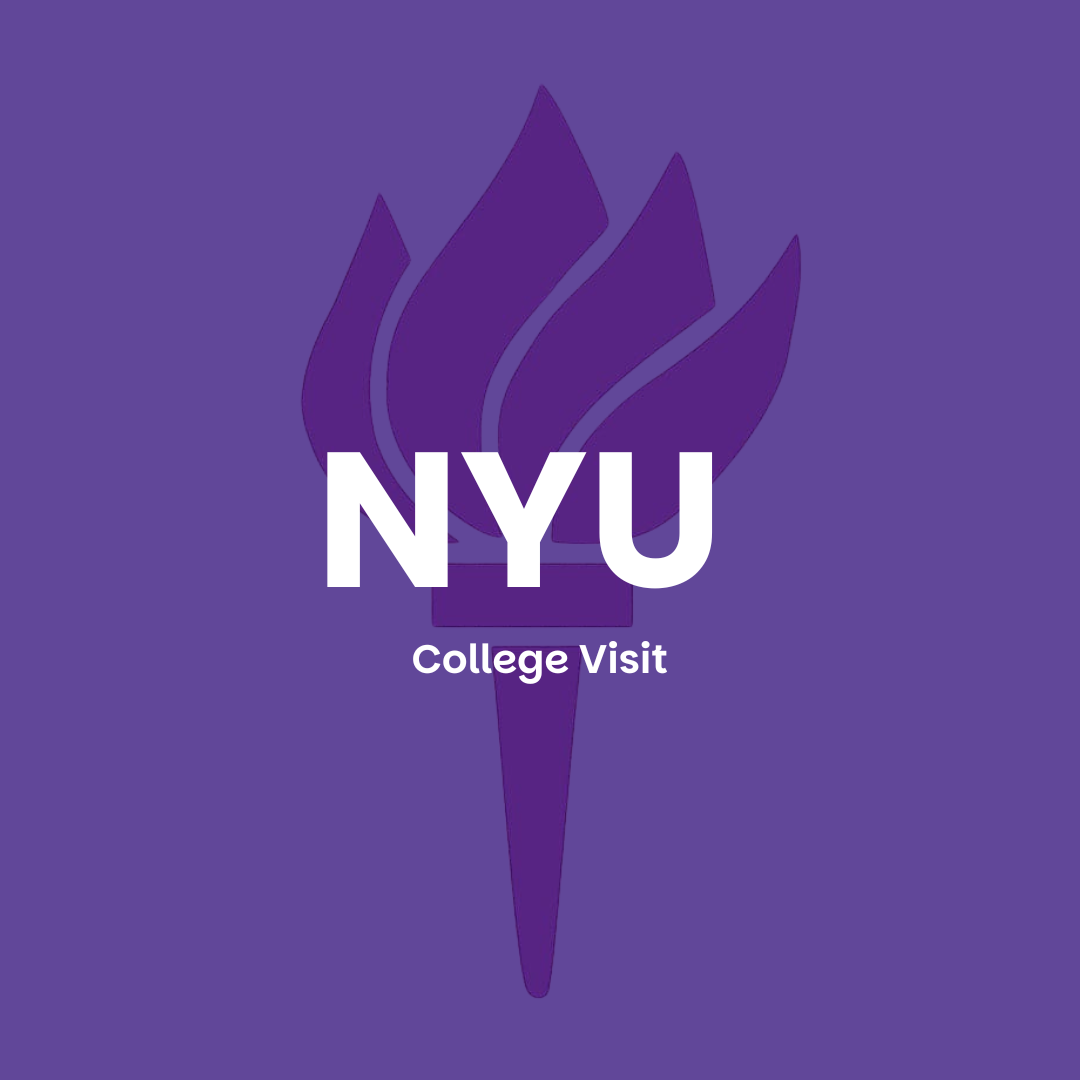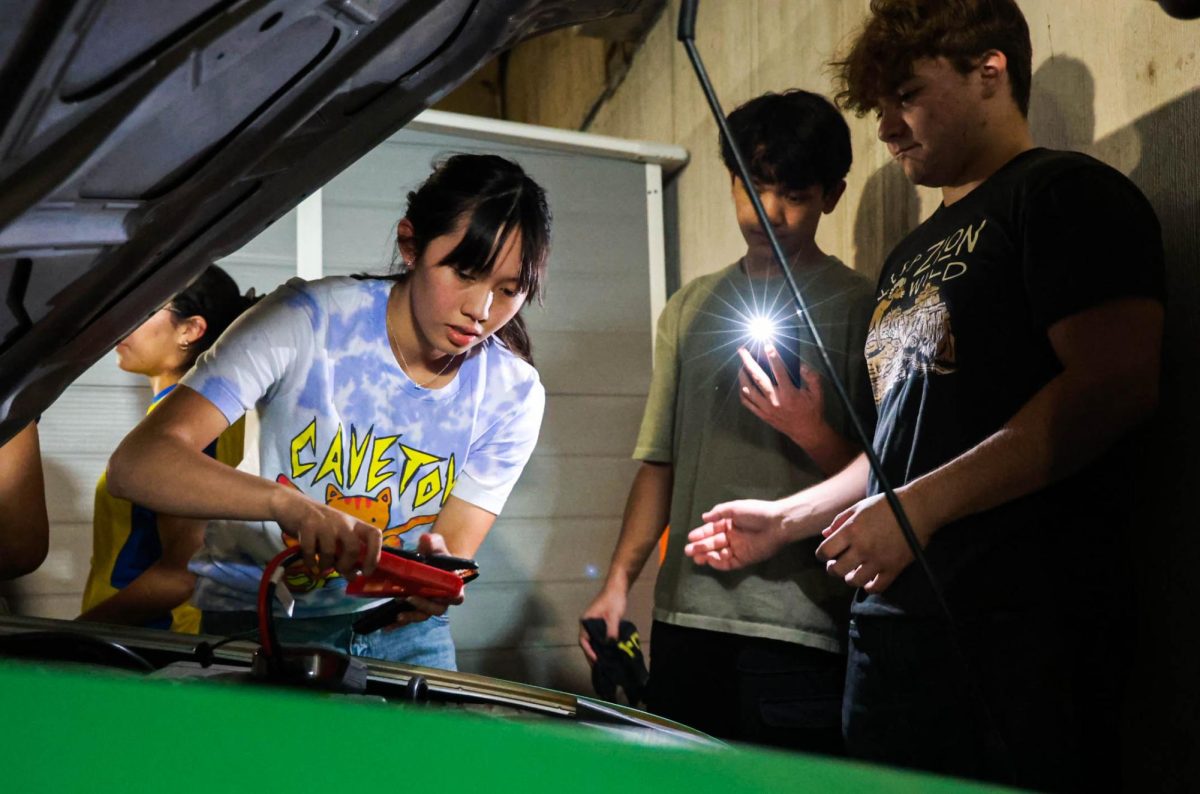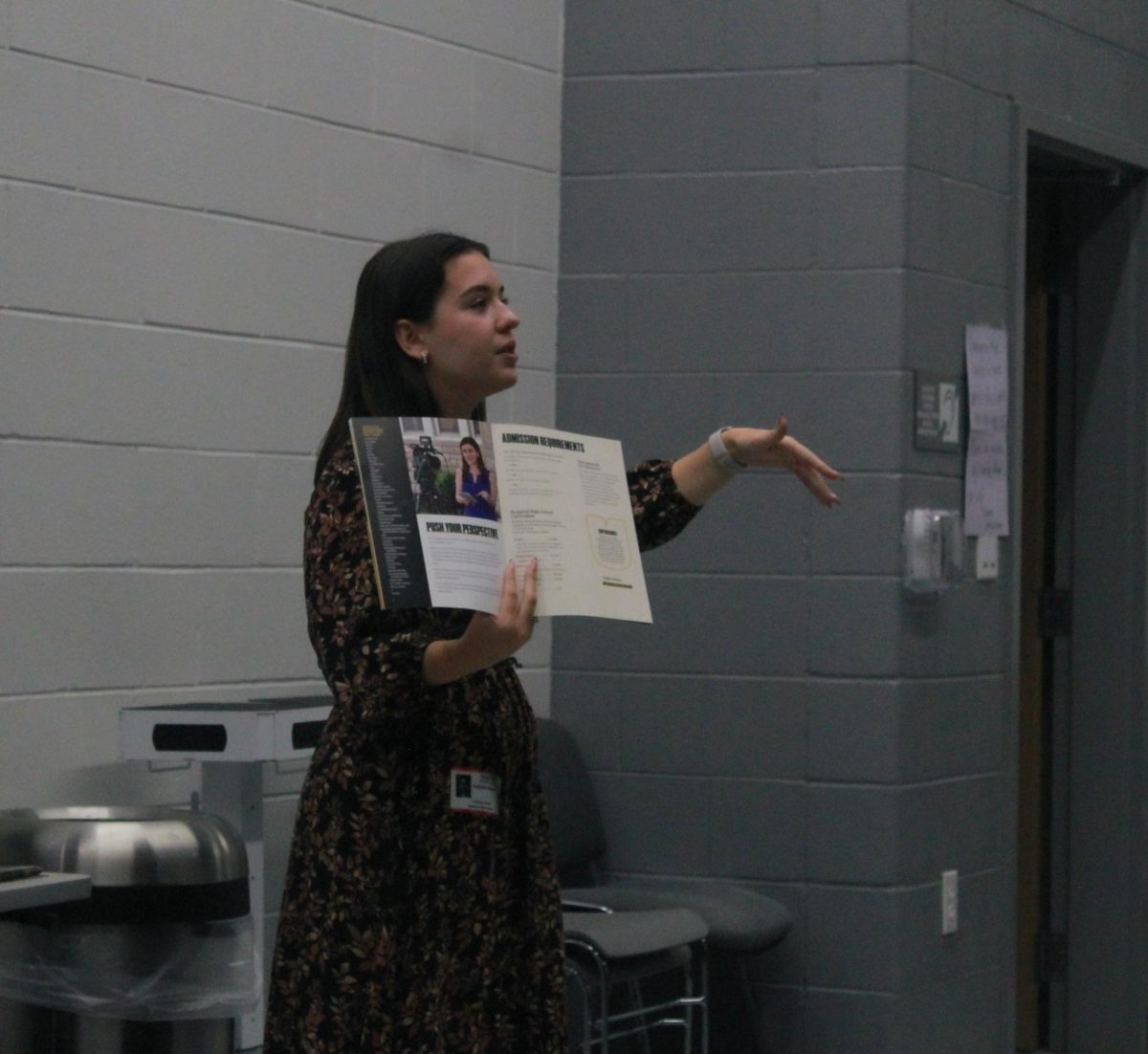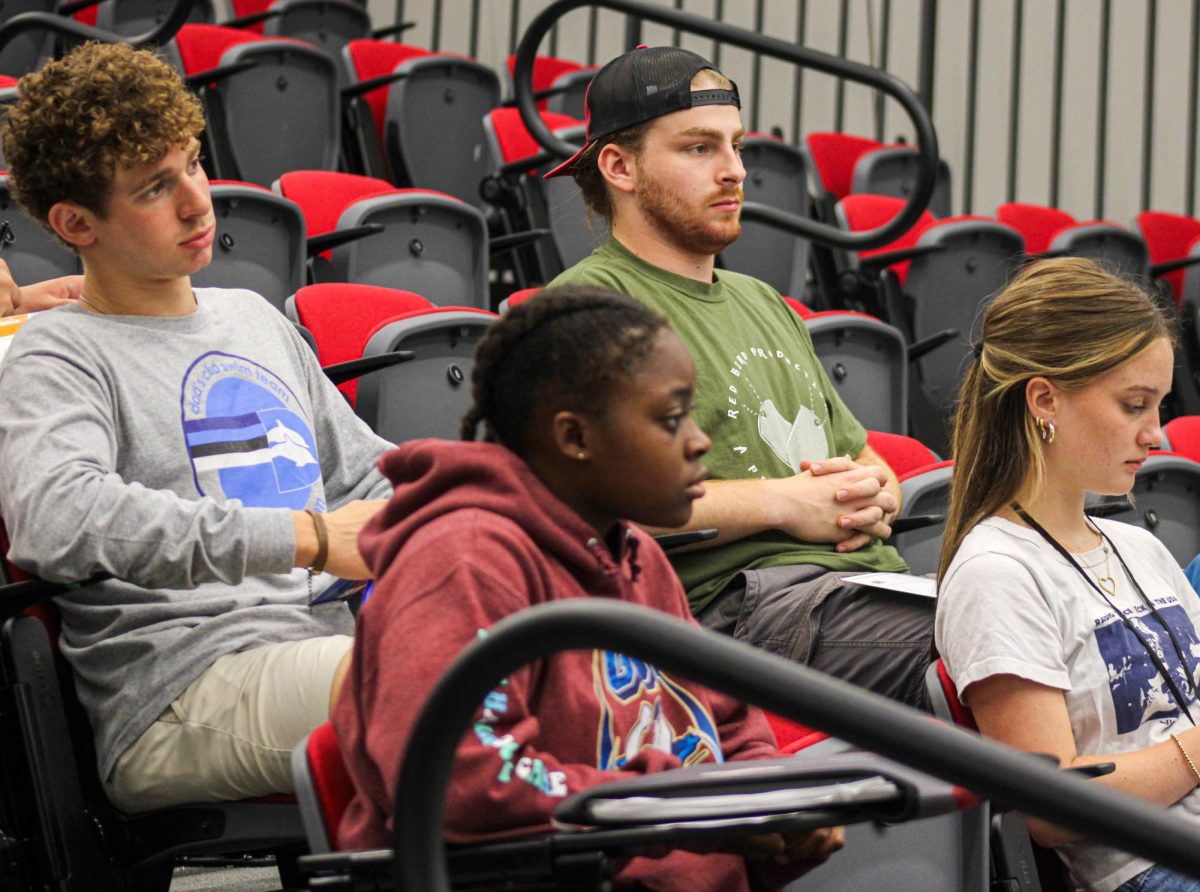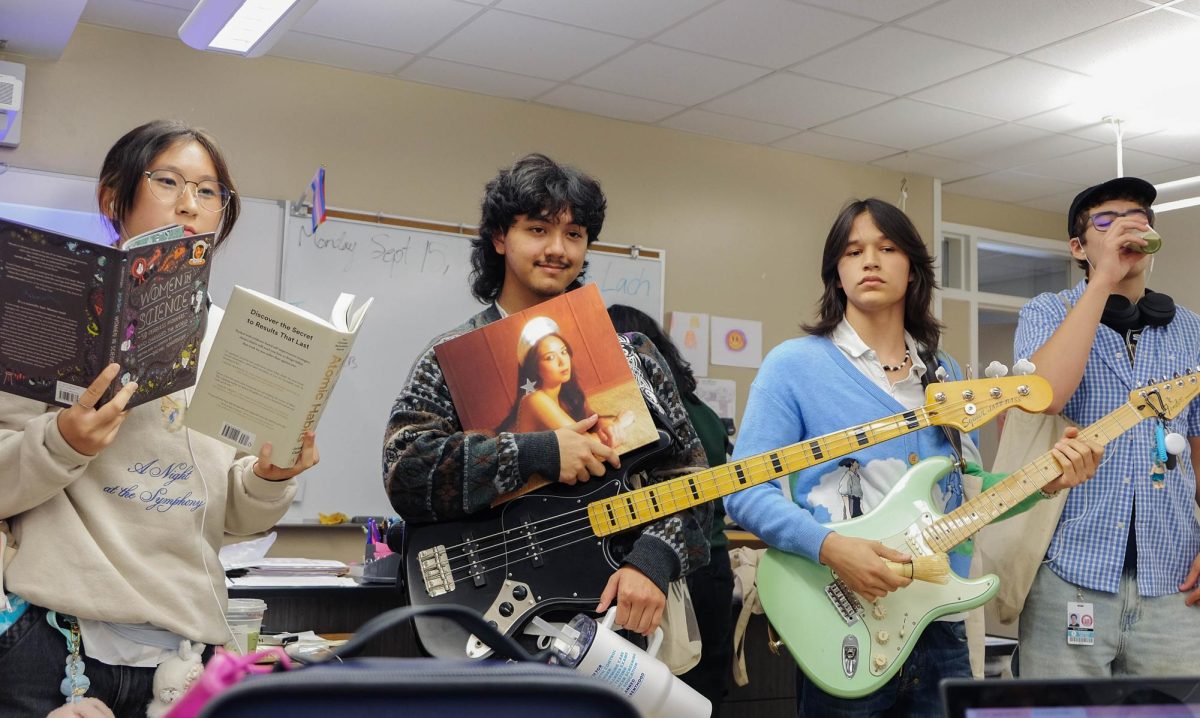On Tuesday, Oct. 1, Dr. Allida Black, Research Professor of History and International Affairs at George Washington University, spoke during third and fourth period in the multipurpose. Her presentation was in a different area of expertise – the First Ladies. Black said that there was a lot to learn about our presidents from looking at the first ladies.
“I think that you can’t understand the presidency unless you understand how the president interacts and his key thought processes,” Black said. “The First Lady is always part of that.”
Black challenged the perception of First Ladies shown in portraits – poised, one-dimensional, beautiful women who loved their husbands and children. For example, the First Lady position has had a large influence on women and fashion. This was seen when President Kennedy introduced himself as “the man who accompanied Jacqueline Kennedy to Paris” as his wife, a fashion icon, was on French magazine covers. However, Black says that many aspects of the First Lady’s role, both private and public, are equally important.
“If you ask me Eleanor Roosevelt was easily one of the most influential people of the 20th century,” Black said. “We would not have the modern human rights movement without Eleanor Roosevelt. [When] Hilary Clinton went to Beijing and said ‘Human rights are women’s rights and women’s rights are human rights,’ she gave soul and armor to people around the world.”
As Black described, the position of the First Lady has played an important historical role. Whether serving as a second, more accessible, less political face of the presidency or leading her own movements for change and social advocacy, no First Lady is as one-dimensional as her portrait.


